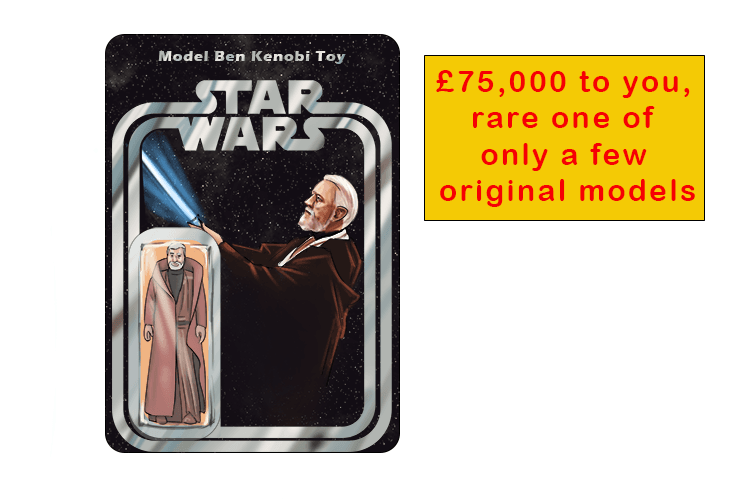value based pricing – a pricing strategy in which the sale price of a product or service is based on the perceived value to the consumer
To remember what value based pricing means use the following mnemonic:
"It may not look like great value based on the pricing," (value based pricing) said the sales person, "but it is when based on the value to the customer" she said.

Value-based pricing is an alternative to cost-based pricing, and so the price is not based on the cost of production with a percentage added on top, but is rather based on how much the customer is willing to pay for the benefits that the product or service provides. Examples include a Ferrari sports car versus a Ford hatchback, Hotel Savoy versus a Travelodge, Gucci Handbag versus a Walmart handbag or a diamond ring versus an emerald ring.
There are several benefits to using value-based pricing. First, it can help a business to maximise profits by charging more for your products or services than you would if you used a cost-plus pricing model. Second, it can help you to differentiate your products and services from those of your competitors because it can make people think the product may be of higher quality.
Third, it can help you to build customer loyalty by providing them with a product or service that they perceive to be of high value. Customers want people to know this is an expensive product.
However, there are also some challenges associated with value-based pricing:
- It can be difficult to justify the added price to your products or services when competitors are doing something similar. You have to demonstrate a notable difference between you and your competition.
- The size of the market becomes important. High-end products can be very profitable if there are customers willing to buy them. However, the target market become a lot smaller. A company selling £20 shirts are going to sell a lot more than the bespoke tailor selling £300 shirts.
- The costs will be much higher to manufacture or provide a higher quality service as no corners can be cut with high-end items.
- The perceived value of your product or service can fluctuate with time. What customers see as valuable today may not be the same tomorrow. If technology changes and you haven’t changed with it, your product will rapidly lose perceived value.
Examples of value-based pricing include:
Diamonds
Diamonds are the most expensive gemstones on the market. Why do they cost so much more than say emeralds? Diamonds are actually among the most common gems on Earth – far more plentiful than other stones like rubies, sapphires and emeralds. They are so expensive because the supply of diamonds is controlled and advertising makes you believe they are rare. Diamonds have been marketed to be associated with wealth, luxury and opulence. The De Beers diamond company helped begin this trend with their famous advertising slogan, “A diamond is forever”.
Apple iPhones
Apple’s iPhones are seen as a status symbol and so are highly desirable for many people. This demand and prestige associated with the product means that Apple can charge considerably more than what it costs to produce and therefore keep the consumer’s perceived value of the product in mind when pricing.
Michelin Star Restaurants
Why pay £200 for a meal instead of £10 for a take away portion of fish and chips? Because you expect an experience, knowledge and expertise presented in a delightfully entertaining manner. Certainly the value of the ingredients is low and therefore it must be a value-based service.




